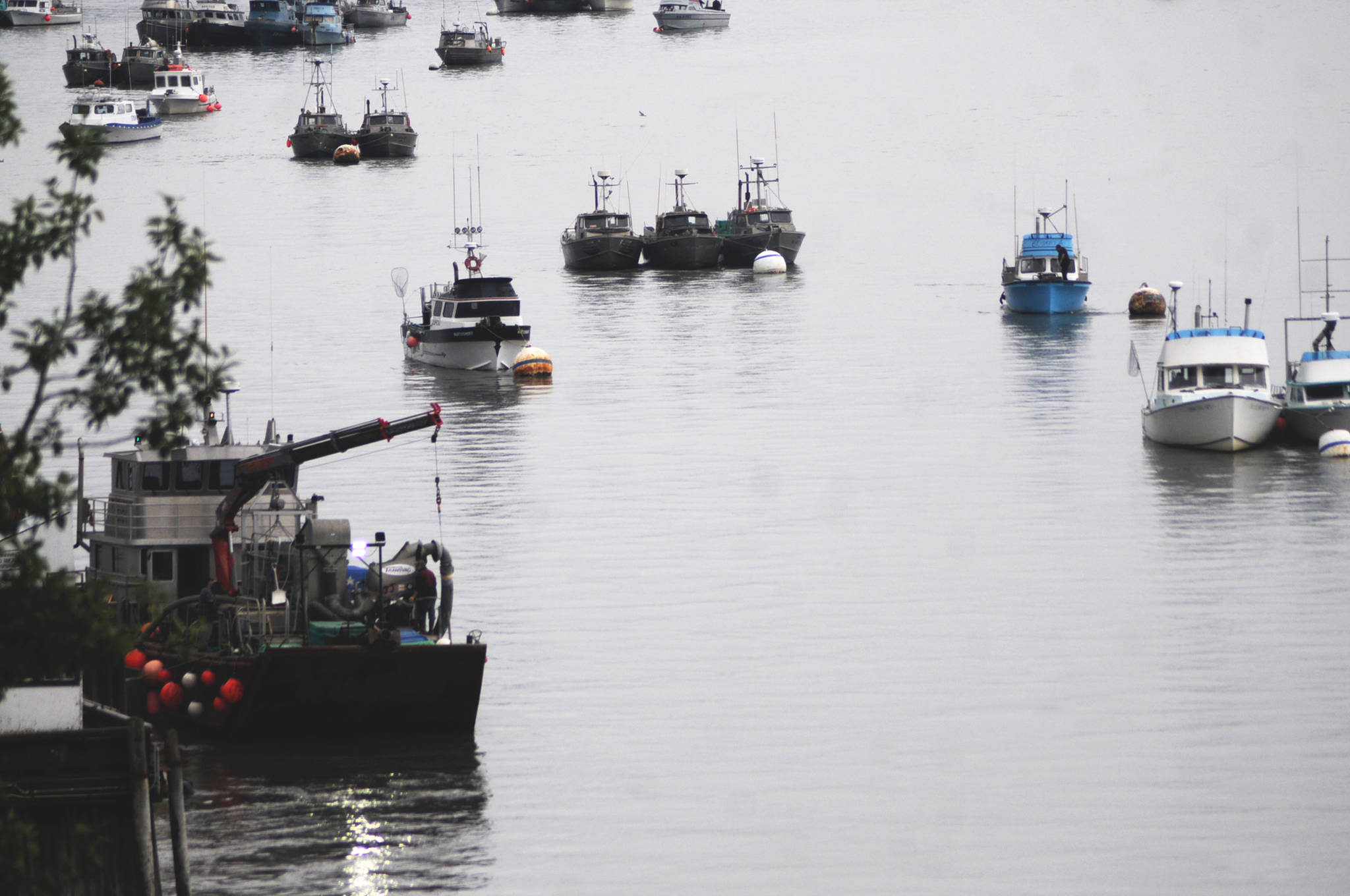Despite poor sockeye returns so far in the Gulf of Alaska and commercial fishing restrictions in other areas, Upper Cook Inlet’s commercial fishermen are still going to get their opening this week.
The first opening for the Upper Cook Inlet drift gillnet fleet is scheduled for Thursday. Set gillnet fishermen in the western subdistrict on the west side of Cook Inlet will open Monday. Set gillnet fishermen on the east side will open later in the season, and commercial fishermen in the northern district have been closed so far this season to minimize king salmon harvest.
Alaska Department of Fish and Game Commercial Area Management Biologist Brian Marston in Soldotna said they didn’t expect to restrict the commercial opener this week.
“We’re going to do the normal hours next week,” he said. “Everybody should get their openers.”
Upper Cook Inlet’s sockeye salmon return is relatively weak this year, with a projected total of 4.6 million fish expected to return to all the stream systems and a 1.9 million sockeye salmon harvest.
Other areas are seeing poor sockeye returns, even though the forecasts were average. Managers closed the Copper River area to commercial fishing and closed the entire Copper River to sportfishing for sockeye because the run has come in so poorly — as of Friday, 209,287 sockeye had passed the sonar at Miles Lake, a little more than half of the 374,750 sockeye that had passed the sonar on the same date last year. Fishermen are also reporting that the sockeye are smaller than average. Kodiak’s commercial fishermen are also reporting that the sockeye are coming back late and are smaller so far.
Fish and Game monitors the run on the Kasilof River via a sonar, which opened Friday. The Kenai River sockeye salmon sonar counter starts on July 1.
So far, the Russian River sockeye run seems to be heating up, despite a slow start — as of Friday, 4,426 sockeye had passed the weir on Lower Russian Lake, compared to 7,016 on the same date last year.
Resurrection Bay’s sockeye return seems to be living up to the forecast as well. Most of the fish come from the Cook Inlet Aquaculture Association’s hatchery at Upper Trail Lake and are returning to Bear Lake, up the Resurrection River in Seward. So far, the numbers are coming in roughly where the aquaculture association forecasted, said Executive Director Gary Fandrei.
“We’re not done with it yet, but basically the peak of that run would have been about a week ago,” he said. “It looks like it’s coming in like we expected it to. We were a bit conservative (with the forecast), maybe.”
Fishermen contracting to the aquaculture association have been out harvesting sockeye for cost recovery since late May, and once that is finished, they expect to recommend Fish and Game managers open the run to common property harvest, Fandrei said.
The sockeye there are also smaller, he said, though that may be because they are two-ocean fish — about four years old, with two years in the ocean — versus three-ocean, or five-year-old wild fish, that return to streams in Cook Inlet.
A higher price so far this season is helping, too. Right now, sockeye are going for about $4–4.50 per pound, Fandrei said.
“We like to see that price for the fish, because then we can provide more for the common property,” he said.
Later in the season, Cook Inlet Aquaculture Associaiton also expects to open up common property harvest opportunities in Kachemak Bay near its hatchery operations in Port Graham and Tutka Bay, Fandrei said. The association intends to focus its cost recovery operations on pink salmon and allow fishermen to harvest the sockeye.
Reach Elizabeth Earl at eearl@peninsulaclarion.com

